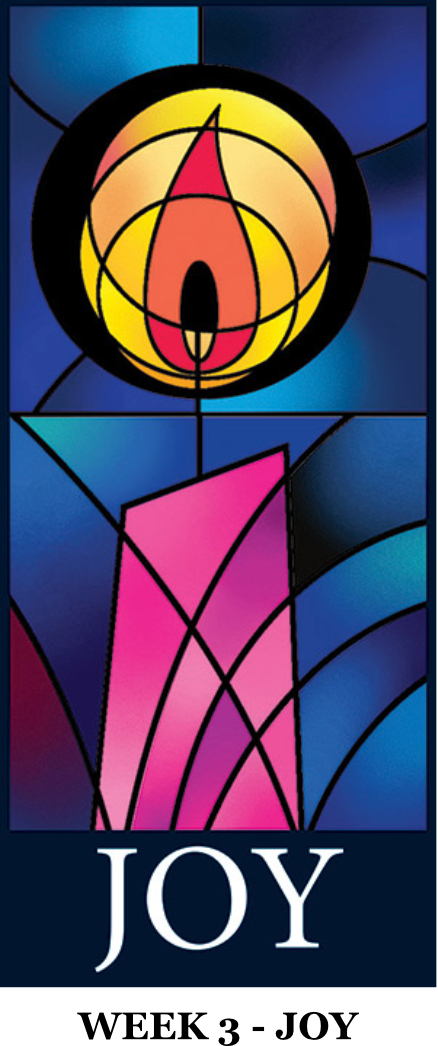Easter isn't over!
- Mary Palinkos
- Apr 11, 2021
- 2 min read
Did you know that Easter morning kicks off 50 days of feasting? Starting on Easter Sunday and ending on Pentecost, we celebrate Jesus’ resurrection… with feasts! But why are there 50 days of Easter?
Thanks to the assimilation of local religions into Christianity over our church's long history, many of our traditions have little explanation for why we do them. (Apparently Easter eggs are supposed to represent the empty tomb?)

In this case, the 50 days between Easter and Pentecost have a simple explanation: Pentecost comes from the Greek word pentekonta, which means 50!
Jesus spent 40 days on earth after his resurrection, and then Pentecost happened 10 days later.
And what did Jesus do after his resurrection? For one, he ate with his friends. The author of the Acts of the Apostles writes,
During the forty days after [Jesus] suffered and died, he appeared to the apostles from time to time, and he proved to them in many ways that he was actually alive (Acts 1:3).
In fact, it was when Jesus broke bread with some disciples that they first recognized him (Luke 24:30-31). And when he ate a fish in front of others (Luke 24:41-43), it proved that he wasn't a ghost or an apparition; they had seen him die, and now here he was, eating and alive.
We can get emotionally twisted up about eating, especially food that feels indulgent. So, we cling to Lent, when we can restrict ourselves and feel bad about falling short of our goals, and then we abandon the feasting and celebration of Easter after just one day. But Jesus' actions are a reminder that eating with people we love is an important part of being alive.
Go grab some discounted post-Easter candy! It’s feast time.




Comments